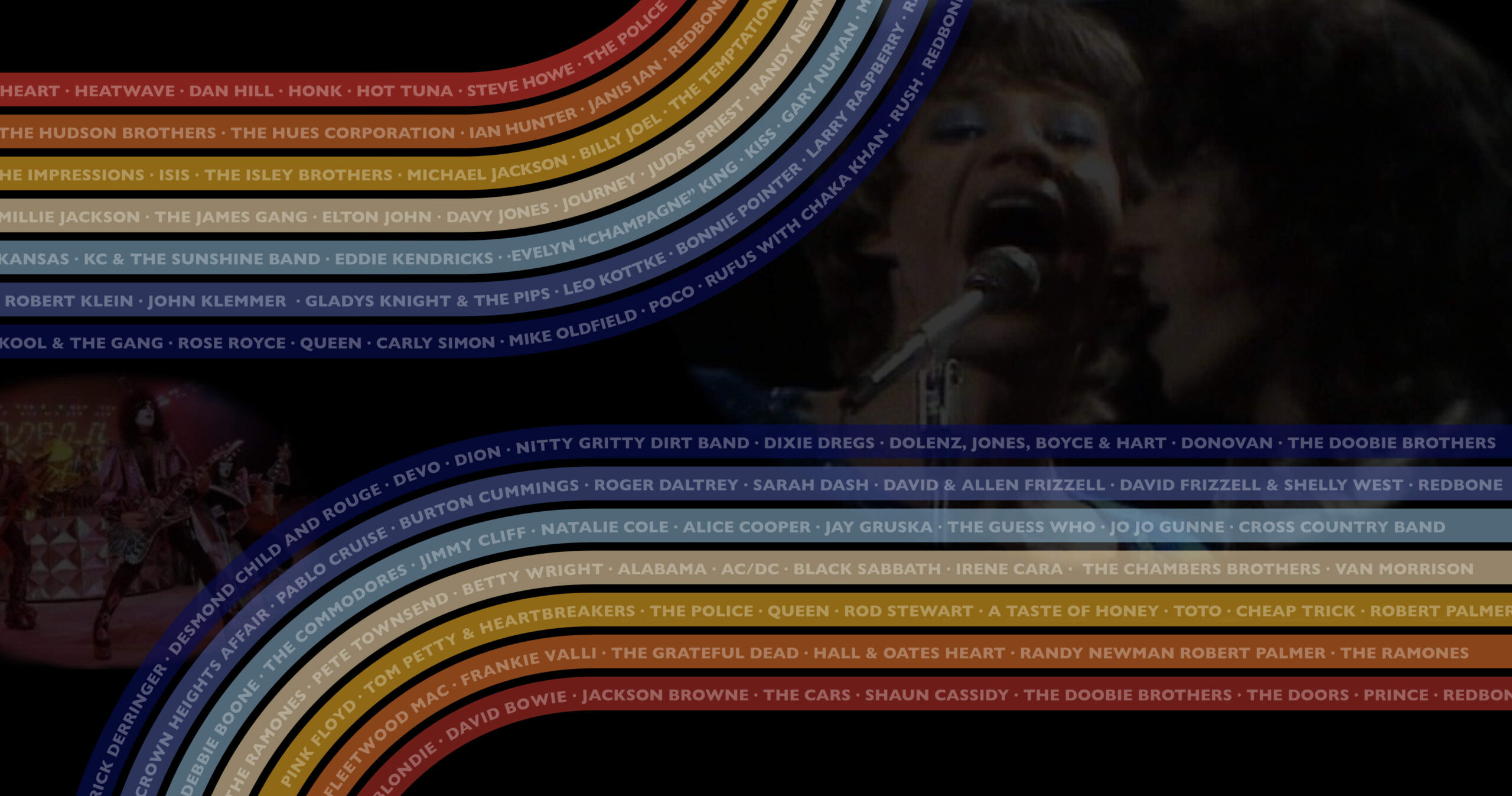Around this time in 1970, Mercury recording artist “Smile,” comprised of guitarist Brian May, drummer Roger Taylor, and vocalist/bassist Tim Staffell, officially disbanded. It was after two years of playing the London music scene and a short-lived series of studio recording sessions that Staffell decided to leave the band to front “Humpy Bong,” another local British group featuring ex-Bee Gees’ drummer Colin Peterson and guitarist Jonathon Kelly. Upon Staffell’s departure, May and Taylor almost decided to call it quits before Freddie Bulsara (later known as Freddie Mercury), a friend and dedicated fan of the band, encouraged them to continue and jumped in to filled the vacancy left by their former frontman. With the addition of Bulsara, a future legacy was born. On June 27th 1970, the band had officially changed their name from “Smile” to “Queen” and performed their first show together. Videos for “Bohemian Rhapsody,” “Somebody to Love,” “Fat Bottom Girl,” “Bicycle Race,” “Under Pressure,” (with David Bowie) and “Sweet Lady” were showcased on several episodes of Don Kirshner’s Rock Concert.
After bringing John Deacon aboard as the band’s permanent bass player in 1971, the new lineup began playing a string of local gigs at Imperial College. Eager to gain studio access, the band was given a chance to record some demo material in exchange for testing equipment at a startup label called “De Lane Lea.” With four songs down on tape, Queen shopped their work around and eventually scored a recording contract with EMI. Queen released their self-titled debut album in the summer of 1973. Along with achieving Gold certification in both the UK and US by the RIAA, the album received positive reviews by critics and Gordon Fletcher of the Rolling Stone considered it to be a superb debut. In 1974, their sophomore effort Queen II spiked to the number five spot on the UK charts and the band’s third album Sheer Heart Attack hit the number two spot at the tail end of the year. Mercury, an art student prior to the formation of the band, is known to have designed the band’s logo, the Queen Crest emblem.
In 1988, fans and spectators of the band began to notice Mercury’s crippled stage performances and suspected he may have contracted the AIDS virus. Mercury denied this fact and insisted his weakness was merely due to exhaustion. His illness worsened. He continued to record new material with Queen until November 23, 1991 when, in a prepared statement, he revealed the true nature of his physical state. Mercury confirmed his contraction of AIDS and in less than a day died from bronchial pneumonia, a complication resulting from the disease. Freddie Mercury’s death was one of the inspirations behind the Elton John AIDS Foundation, a nonprofit organization established to raise money and awareness about the fatal disease.
To this day, with 18 number one album releases, 18 number one singles, and clocking in over 150 million record sales worldwide, Queen has firmly stationed themselves among music history’s most prominent bands. Many artists have cited Queen as a significant influence on their own artistic vision. Some of the bands that have drawn inspiration from Queen’s work include Nirvana, Def Leppard, Foo Fighters, Guns N’ Roses, Iron Maiden, Panic at the Disco, The Killers, Metallica, Muse, Radiohead, and The Smashing Pumpkins.

